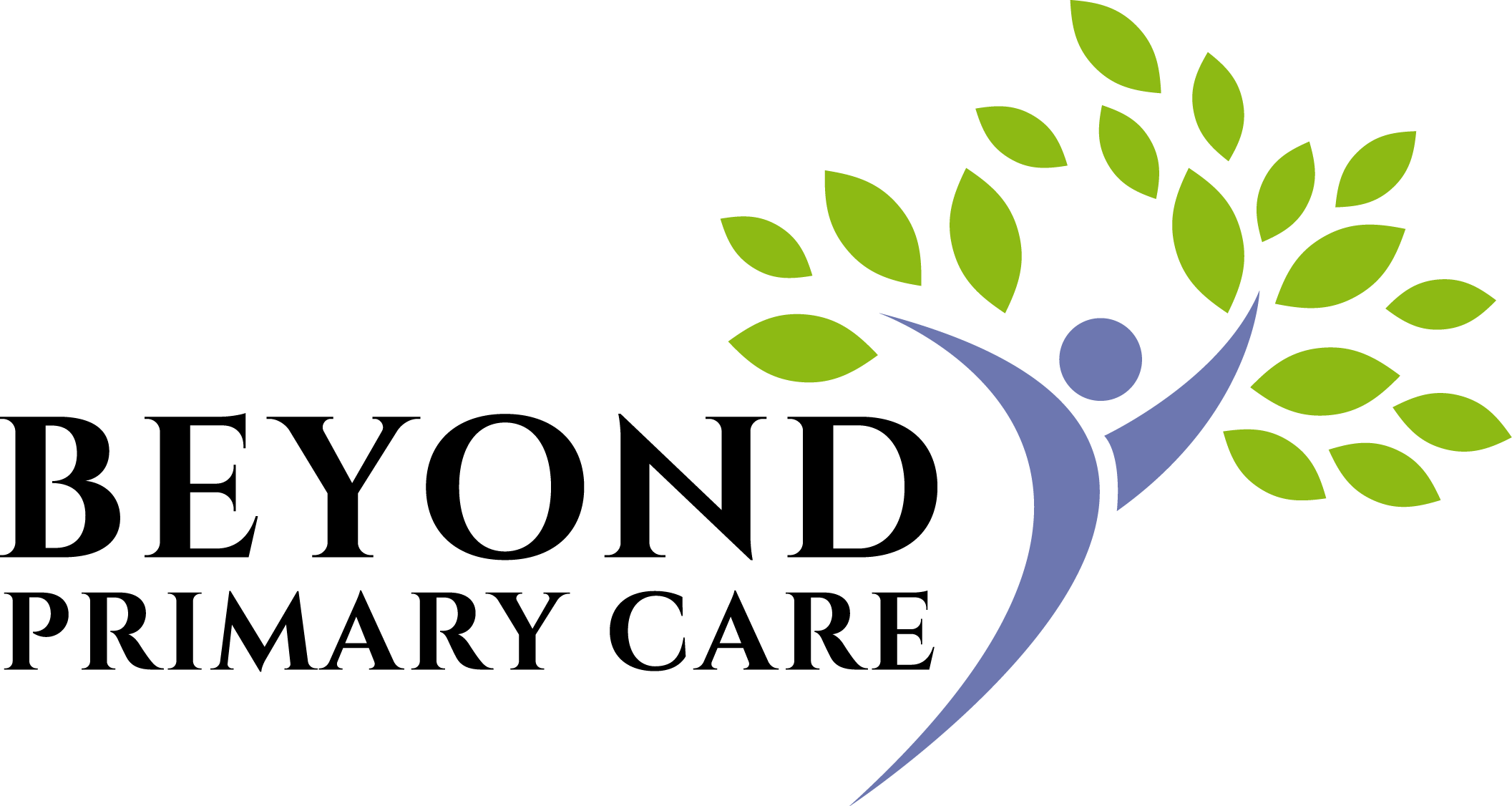Poison Ivy Treatment
Hi, thank you for coming back for the latest edition of Beyond Primary Care’s blog- Poison Ivy Treatment. In Beyond Primary Care blogs we highlight healthcare news, advice for medical conditions, and how membership for care works! Beyond Primary Care is an insurance free, membership based family medicine clinic. Beyond Primary Care is the highest rated Direct Primary Care clinic serving patients in Ann Arbor and throughout Washtenaw, Livingston, and Wayne counties giving families and employers peace of mind about healthcare costs by providing affordable and accessible primary care services.
In this blog post, we want to educate our patients and any prospective patients about poison ivy treatment.
Leaves of Three, Let Them Be
Many people may of heard the old adage above. It’s important to know as poison ivy is found in every county in Michigan. Whether you are gardening, hiking, or chasing your beloved pet through some grasses, know the plant can grow in both sun or shade. Also, it can grow from the ground or clinging to the trunks of trees. Regarding the leaflets, It is important to know the middle leaflet has a much longer stalk than the two side leaflets, whose stalks may be so short they may appear invisible. The leaflets can be shiny or dull and may have jagged or smooth edges.
Why Poison Ivy Itches So Much
Whether it’s poison ivy, poison oak, or poison sumac, there are the most common causes of environmental contact allergies. These plants have an oil on them called urushiol, which is found in the sap. When this oil touches our skin when we break the leave, stem, or root, it often causes the itchy, blistering rash. This causes the uncontrollable urge to scratch, which in-turn worsens the rash. Poison ivy can turn into a cycle of pain and itching that may last weeks.
The urushiol oil can remain on inanimate objects for long periods of time, such as laundry or cleaning gardening equipment. Poison ivy, however, is not typically passed from person to person, nor by scratching areas that itch. People may exclaim, “but it’s spreading.” No, it’s because the rash continuously emerges over several days.
Lastly, the irritation and rash often don’t appear right away, but take some time to incubate, depending on whether it’s a person’s first exposure. Initial exposure can result in symptoms 7-10 days later, while those who had it in the past react 1-2 days after coming into contact with the oil.
Poison Ivy Treatment
Treatment depends not the location and severity of the reaction.
Mild cases: Topical treatments such as hydrocortisone 2.5% (prescription) and calamine lotion (non-prescription) often work well.
Moderate-severe cases: When itching becomes severe or the rash is wide spread, stronger prescription creams (eg- clobetasol) or even two-three week courses of prednisone (a steroid) may be needed.
Never use bleach or any caustic materials such as rubbing alcohol. These can damage the skin and make it harder for any wounds to heal. Soap and water is perfectly fine for cleaning.
Thank you for reading
To make an appointment with Dr. Jeff O’Boyle, please see our scheduling link.
Dr. Jeff O’Boyle with Beyond Primary Care
